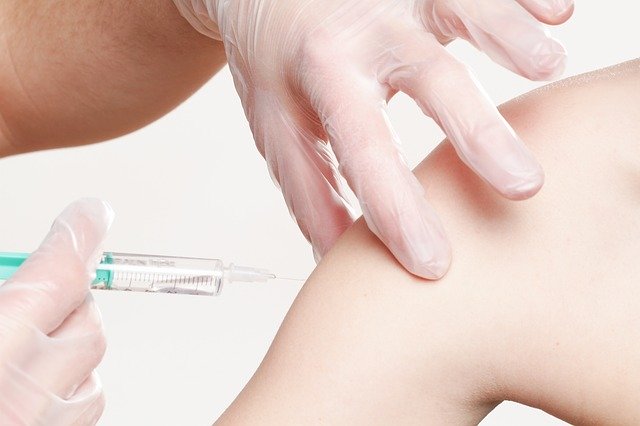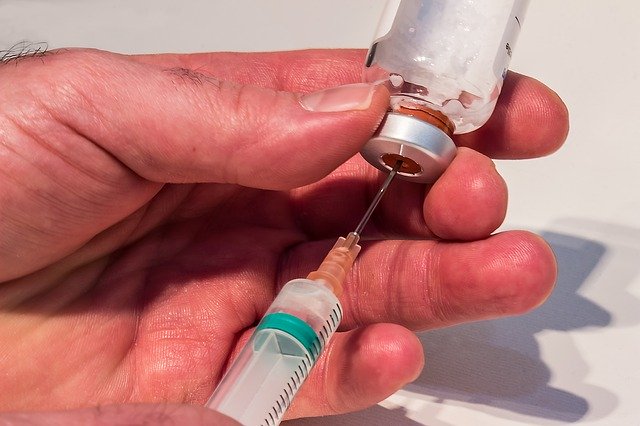The COVID-19 Situation in Brazil
Brazil has seen a massive upsurge in the number of COVID-19 cases over the last few weeks. With the outbreak seemingly under control in most countries in the temperate zone, except for the USA, the pandemic is still expanding in countries south of these latitudes. Elderly and sick individuals bear the brunt of the pandemic with conditions such as diabetes mellitus, obesity, and cardiovascular disease.
At present, non-pharmaceutical interventions are the primary route of challenge to the pandemic, including regional or national lockdowns, restriction of public mobility, and the use of hand sanitizers and face masks. This has caused the single largest global economic hit since the Second World War, primarily due to the absence of an effective drug treatment or vaccine.
Impending Flu Season in the Southern Latitudes
Many of the countries now hit by severe acute respiratory syndrome coronavirus 2 (SARS-CoV-2) are approaching winter, and this may cause seasonal increases in influenza cases. These cause up to 650,000 deaths every year, in the temperate zone. Influenza vaccines are available and recommended, but they remain under-used because of doubts about their safety and effectiveness. Misinformation about their connection to adverse outcomes in COVID-19 patients has also contributed to their under-use.
The Study: Does Flu Vaccination Benefit COVID-19 Patients?
The current study examines the outcomes in over 92,000 COVID-19 patients in Brazil, who have and have not taken flu shots recently. About 84% of these patients had tested positive for the virus by RT-PCR. The rest were clinically diagnosed. About 57% were male, with a group-wise median age of 59 years.
Most individuals were in the age group of 60-69 years, with 37% requiring intensive care at some point, while 23% were eventually put on mechanical ventilation. About 47% of the patients died. The mortality rate, already high, goes from about 15% among children under 10 years to 83% among those above 90 years.
About 66% already had cardiovascular disease, while 55% had diabetes mellitus. About 11% were obese or had a neurological disease, and 12% had kidney disease.
About a third of these patients had taken a flu shot during the last immunization cycle, mostly among those aged 60 years and over, and the better educated.

The Flu Vaccine Situation in Brazil
The seasonal influenza season in Brazil is at its peak between the 18th and 19th weeks, falling in April and May, while it is later, at the 25th to 27th weeks, in more southern states. The current year’s annual flu shot campaign was conducted a month earlier than planned in anticipation of the coming peak of COVID-19. It is directed at older patients and health workers first of all, then to patients with chronic health conditions, and other workers in direct, prolonged contact with the public. Children and other high-risk groups are immunized in phase 3. The current round used the WHO-recommended trivalent vaccine.
All groups had less than 50% of coverage by the flu vaccine, with the highest coverage being among children and adults aged 60 years and above. About two of three individuals were vaccinated in the current campaign, but about 7% after they reported the symptoms of COVID-19.
Lower Mortality Following Flu Vaccination
he researchers found that in the non-immunized group, the COVID-19 mortality rose from about 14% in the under-10 age group to 84% among those aged 90 years or more. However, mortality was lower in all age groups in the immunized group, with the risk being 17% lower in the 10-19 age group, and 3% less in those aged 90 years and more.
When the age-influenza vaccine relationship was explored, there was a large reduction in the odds of dying of COVID-19 by over a third, at 35%. The researchers then looked at rates of death among vaccinated and nonvaccinated patients in the same facility. They found that the odds of dying of COVID-19 remain lower by 18%.
They also adjusted for multiple health variables and for socioeconomic variables but found that this did not change the magnitude of the positive association significantly.
When only patients with a positive RT-PCR-proved diagnosis are considered, the association remains significant. As shown in earlier studies, the presence of obesity and lung disorders, as well as renal and kidney disorders, had a higher risk of death, but those with asthma had a lower risk.
Reduced Odds for Poor Outcome Following Flu Vaccination
Patients who had the flu shot had 8% lower odds of needing intensive care and about 20% fewer odds of requiring respiratory support. Overall, they found that people vaccinated in the current round were protected but not those vaccinated earlier. Those who were vaccinated before developing symptoms of COVID-19 had 20% reduction in the odds of mortality. Still, if given after the onset, the vaccine was linked to a 27% reduction in the odds of death, though the difference is not significant.
In the latter group, the protection was more significant for those under the age of 60 years when given before the onset of COVID-19 symptoms.
Mechanism of Protection with Flu Vaccine
The study shows that influenza vaccines do not increase the risk of an adverse outcome after COVID-19, but have a protective effect. This could be through several mechanisms. One of these is the potential prevention of influenza coinfection with COVID-19, but this is rare, being found in only 30 cases among the large study population.
The second explanation is the vaccine’s effect of eliciting long-lasting protective neutralizing antibodies and specific T cell responses. These could cross-react with SARS-CoV-2. This is also unlikely because of the great diversity among influenza viruses, and also because of the lack of protection conferred by prior rounds of flu shots compared to taking it in the current campaign.
The most likely mechanism is, therefore, a vaccine-induced change in innate immunity. Immunological memory cells are found in the innate immune compartment and tissue-resident stem cells. These can be activated both by natural or artificial antigen challenges. As a result, these innate immune cells will defend the body against multiple pathogens, including those not targeted by the vaccine.
Implications and Recommendations
Earlier studies have shown that after subjects had first received BCG or flu shots, and then peripheral blood mononuclear cells were re-stimulated with unrelated antigens, a broad range of cytokines was released, with dominant TNF-α and IL-6 secretion. Similarly, live measles, smallpox, and polio vaccines resulted in significant protection against other pathogens as well. All these contribute to the significant reduction in death rates following vaccination.
“The researchers suggest: “Given the high similarities of SARS-CoV-2 and influenza viruses with respect to viral structure, transmission, and pathogenic mechanisms, it seems plausible that both viruses are detected by similar or identical pattern recognition receptors. Their binding to viral RNA can then trigger suitable inflammatory and antiviral responses.”
This is supported by research showing that single-stranded RNA of the flu virus binds to Toll-like receptor (TLR), and this elicits immune responses, both humoral and T cell., as well as innate immune responses due to priming by increased cytokine release. This results in trained natural killer (NK) cells, which can then be activated by other viruses like SARS-CoV-2 as well.
This hypothesis is supported by the evidence of lower protection in older patients, which is known to be the case with the flu vaccine since the innate immune system could be less active with advancing age.
As for the enhanced recovery following flu vaccination even after the onset of COVID-19 symptoms, this may be explained by the resulting increase in rapid and efficient clearance of the virus, which prevents its spread into the lower lung areas. Secondly, it could reduce the intensity of the unregulated cytokine storm seen in progressive, often fatal, COVID-19. Thus, future research should focus on these off-target effects to help uncover the nature and duration of the protection offered by the flu vaccine, both systemically and in the respiratory tract.
“The study concludes: “In the absence of a Covid-19 vaccine and without a well-established treatment to avert disease progression, induction of trained immunity exerting beneficial, off-target effects might be a fruitful avenue for improving Covid-19 outcomes. “ Governments should seriously consider promoting flu vaccination at this time in view of the many benefits since reducing the number of severe COVID-19 cases will help relieve the strain on the healthcare system and allow the sickest patients to receive adequate care.””








